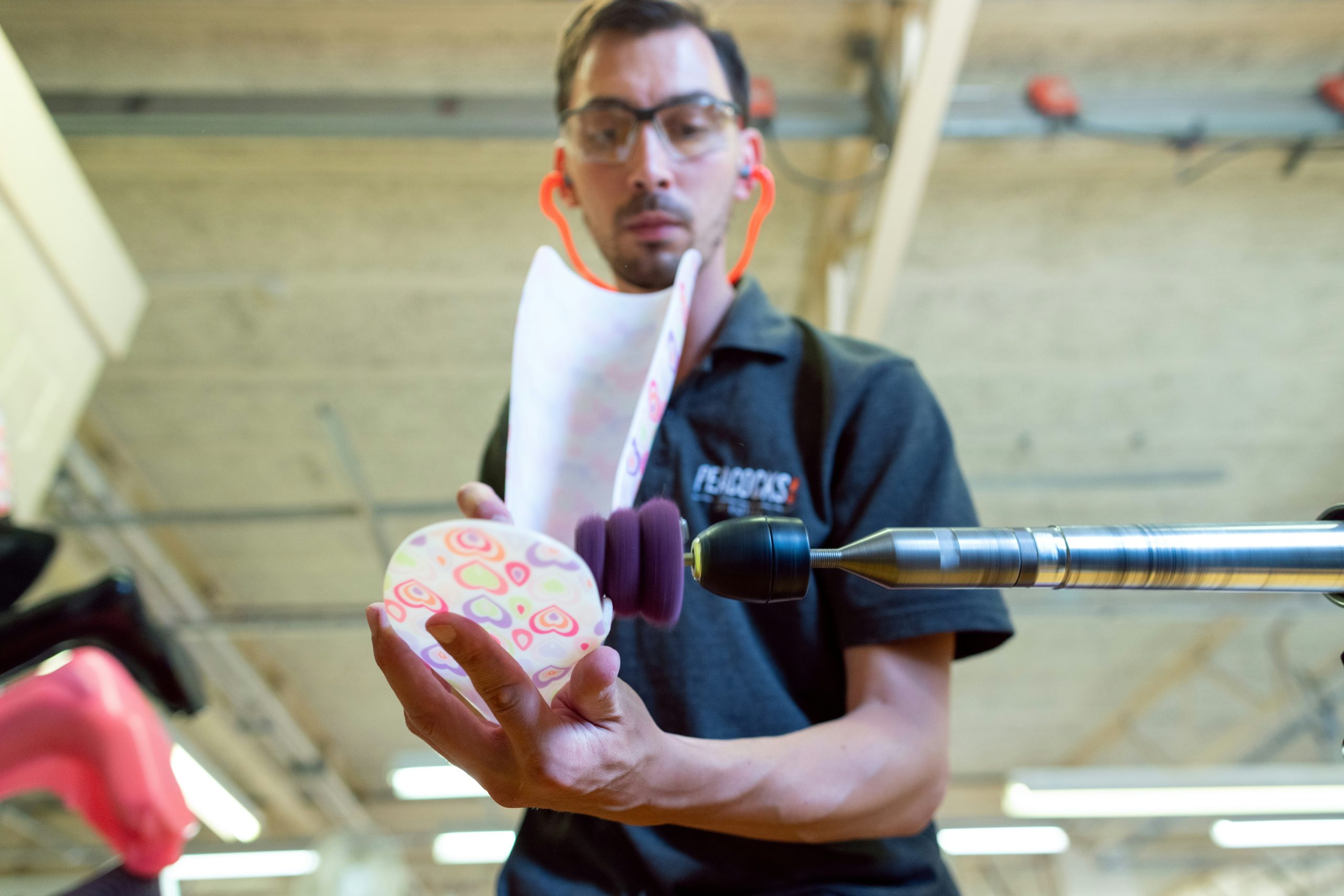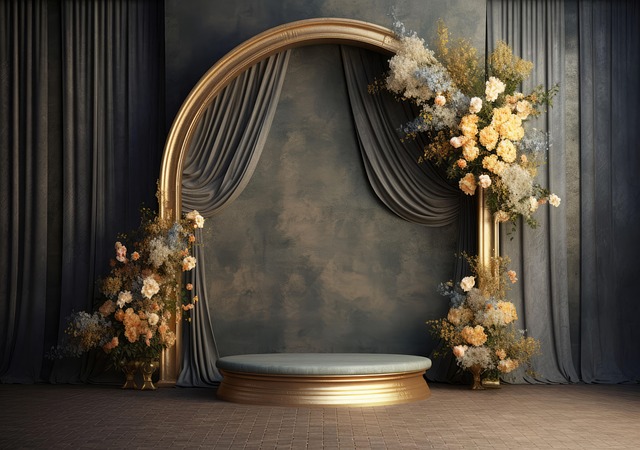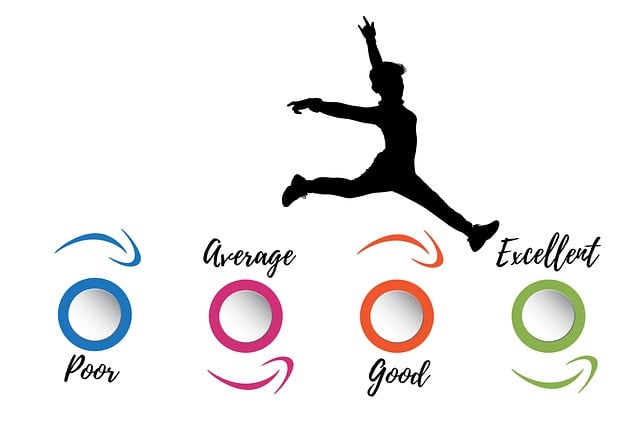Director feature: Jane Campion
Jane Campion’s early life and career
Campion was born in New Zealand in 1954. Her dad was a theatre and opera director, and her mum was an actor and writer, so it was already a pretty creative household. Initially, she got a BA degree in anthropology, but later she earned a second one in art from the Sydney College of the Arts in Australia. Between degrees, she had a stint at the Chelsea Art School in London and did a lot of travelling.
It wasn’t until the 1980s that she got into filmmaking, having enrolled in the Australian Film, Television and Radio School (AFTRS) where she made some short films that got a lot of positive critical attention, particularly Peel (1982), which won the Short Film Palme d’Or at Cannes.



Campion’s signature styles
1. Striking visual compositions
Campion’s background in fine art is apparent in how she carefully constructs every shot, with special attention paid to framing and composition. She frequently uses natural light, soft focus, and a well-balanced colour palette.
2. Use of stillness
Stillness and silence are used to create depth and tension in Campion’s films. The scenes are allowed to breathe, so there’s more room to pay attention to body language and facial expressions.



3. Deliberate pacing
There’s a lot of patience in Jane Campion’s storytelling, and she’ll use techniques like long takes to linger on characters and landscapes.
4. Subtle use of symbolic props and objects
The piano in The Piano might seem like an obvious (and some might say, essential, given the title) prop to hold symbolic meaning, and yes, you’re right, it is. As a better example of subtlety, though, how about the braided rope in The Power of the Dog, which has a heady mix of control, intimacy, and danger.
5. Unconventional camera angles
In Sweetie, Campion uses skewed angles to reflect the instability of the family at the heart of the story. In an Angel at My Table, we frequently see things from low down, a child-like perspective to capture Frame’s vulnerability as a girl.



Recurring themes
1. Exploration of women
Campion is big on exploring women characters, particularly in relation to navigating societal expectations or trauma. The female protagonists in her films are always really well developed and very relatable. A couple of examples are Ada McGrath in The Piano, who is a mute pianist trying to find her way in a patriarchal world, and Anna Wetherell in The Luminaries, who’s fighting Victorian-era oppression.
2. Psychological and emotional depth
Whether men or women, Campion’s characters’ inner lives are usually explored, and there’s a lot of importance placed on the relationships between them, whether that’s romantic, platonic, or whatever. Themes of desire, repression, and identity crop up with these characters too.
3. Nature as a narrative tool
There are often a lot of grand, sweeping panoramas in Campion’s films. The landscapes are more than just pretty backdrops; they’re essential to the storytelling. The wild, rain-soaked beaches of New Zealand mirror Ada’s emotional state in The Piano, while in The Power of the Dog, the sweeps of barren desert reflect the isolation and tension in its characters.



4. Meticulous composition
Campion is great at using careful framing and composition to get across mood and emotion, and she works closely with cinematographers (like Ari Wegner in The Power of the Dog) to create stunning imagery that’s sometimes almost painterly.
5. Subversion of genres
Reimagining genres can be a real skill, and Campion frequently does this by taking a typical genre and infusing it with complexity and feminist undertones.
Some of Campion’s best films
1. Sweetie (1989)
Jane Campion’s feature debut tells the story of a dysfunctional family, centring on the relationship between two sisters. It has a dark, off-beat humour and is fearlessly honest, with some lovely emotional undercurrents.
2. An Angel at My Table (1990)
A biographical drama based on the life (and autobiographies) of New Zealand writer Janet Frame, this film tells the story of a shy child and later a woman misdiagnosed with a mental illness and confined to institutions. It really taps in to Frame’s resilience and (eventual) triumph and is told with a lot of empathy, part of the reason it got such widespread acclaim.
3. The Piano (1993)
Probably one of the best-known Jane Campion films, The Piano is set against the beautiful backdrop of 19th Century New Zealand. It follows Ada McGrath, a mute pianist, as she deals with an arranged marriage, forbidden love, and her desire for self-expression. Campion won the Palme d’Or and an Oscar for Best Original Screenplay for this film. She missed out on Best Director as Stephen Spielberg won for Schindler’s List that year.
4. The Portrait of a Lady (1996)
This is based on a novel by Henry James about Isabel Archer, a young woman who inherits a lot of money only to find herself stuck in a terrible marriage. There are themes of freedom, betrayal, and societal pressures in this, and again you’ll find that emotional depth to the characters paired with visual artistry.
5. In the Cut (2003)
This is a bit different compared to Campion’s other stuff: a neo-noir thriller looking at sexuality, danger, and trust. It didn’t get much positive traction when it was first out, but it’s since been appreciated for its subversion of the genre, not to mention how daring it is! It does unfortunately still have a woeful 1.5 stars on Rotten Tomatoes.
6. The Power of the Dog (2021)
Another novel adaptation (this time by Thomas Savage), The Power of the Dog is a slow-burning Western with a lot of toxic masculinity and repressed emotions thrown in. Phil Burbank is a domineering rancher whose life becomes tangled up with his brother’s new wife and her son. This film netted Campion an Oscar for Best Director (this time beating Stephen Spielberg who was nominated in the same category).
7. Bright Star (2009)
Bright Star portrays the romance between John Keats (the poet) and Fanny Brawne. It got great reviews, and one critic said:
“If Campion intended to inspire an appreciation and rediscovery of Keats’ poetry, she has not only succeeded but herself created an artistic monument to his life, love, poetry and soul.”
High praise indeed!
Did you know…?
- Campion was the first woman to win the Palme d’Or for The Piano. She was the only female recipient until Julia Ducournau won in 2021!
- She often works with the same collaborators, including art director Grant Major and editor Veronika Jenet.
- Lots of Campion’s films are adaptations of books.
- She has a puppet look-a-like in a French show called Les Guignols de l’info.
Controversies and criticisms
Critic’s Choice Awards 2022
When The Power of the Dog was up for Best Director, Campion made a remark about Venus and Serena Williams, who were there for King Richard. In her speech she praised them but then said, “You don’t play against the guys like I have to.” She was intending to highlight the challenges of being a woman director in a male-dominated industry, but the remarks came across as dismissive of what the Williams sisters have been able to achieve, not only in a similarly male-dominated field, but while also being faced with racism.
Elitism
Some critics have argued that Campion’s films, although feminist, focus mostly on white, privileged characters, and she’s been critiqued for not engaging with issues of race or class, particularly given her use of historical and often colonial settings.
More free film theory articles
About this page
This page was written by Marie Gardiner. Marie is a writer, author, and photographer. It was edited by Andrew Blackman. Andrew is a freelance writer and editor, and is a copy editor for Envato Tuts+.
news via inbox
Nulla turp dis cursus. Integer liberos euismod pretium faucibua













